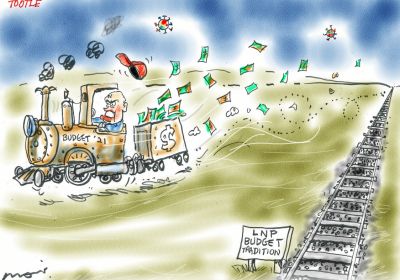
After eliminating almost all its generous pandemic spending measures, the federal government has indicated it will soft-peddle on further cuts in the May 11 budget. Neville Spencer reports.

After eliminating almost all its generous pandemic spending measures, the federal government has indicated it will soft-peddle on further cuts in the May 11 budget. Neville Spencer reports.
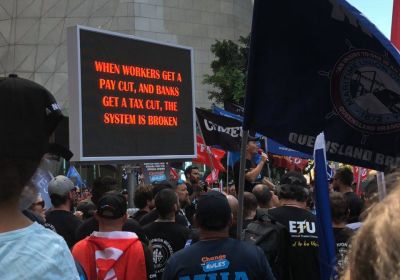
The end of the JobKeeper program means that up to 500,000 jobs are at risk. Jim McIlroy argues that plenty of secure jobs could be created if there was a mass campaign to redirect public funds to expand the public sector.
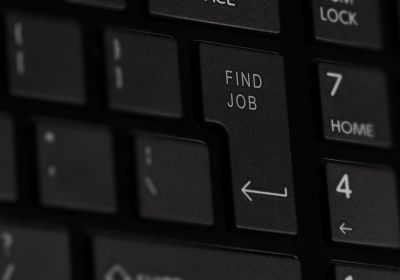
Federal Treasurer Josh Frydenberg is very upbeat about the economy, despite an official unemployment rate of 6.6% and a growing wealth divide. Peter Boyle investigates.

About 330,000 people will be pushed into poverty when the coronavirus supplement is cut again on January 1, writes Peter Boyle.

Tuesday’s budget is on everybody’s mind. Most people will be looking for whatever life buoys Treasury throws, writes Suzanne James.
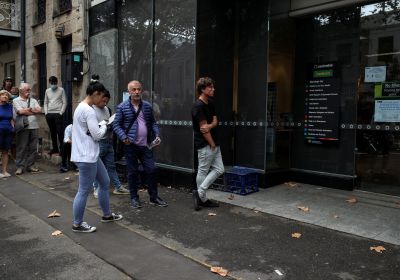
Treasurer Josh Frydenberg's economic restructure plans will not only fall way short of what's needed, Graham Matthews argues they are also designed to attack working people.
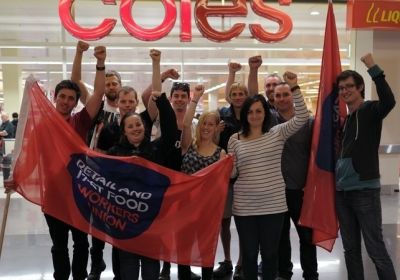
Young people, who have only ever had insecure casual jobs, face a very precarious future, writes James Swift.
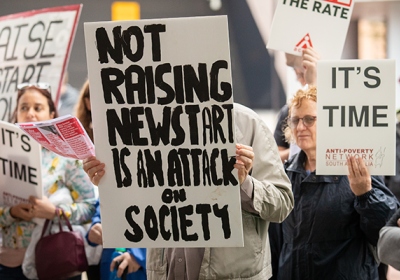
The devastating impacts of Australia’s economic crisis are clear for all to see, but many in the welfare sector believe the worst is yet to come, reports Fred Fuentes.
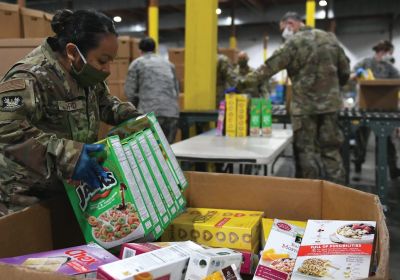
Unemployment and hunger have risen sharply during the COVID-19 pandemic, with long lines at food banks and families going without enough food, writes Barry Sheppard.

Australian Council of Social Service (ACOSS) campaign coordinator Pas Forgione outlined why a campaign to “Raise the rate” of the Newstart unemployment benefit is desperately needed, at a June 15 community forum in Sydney’s west.